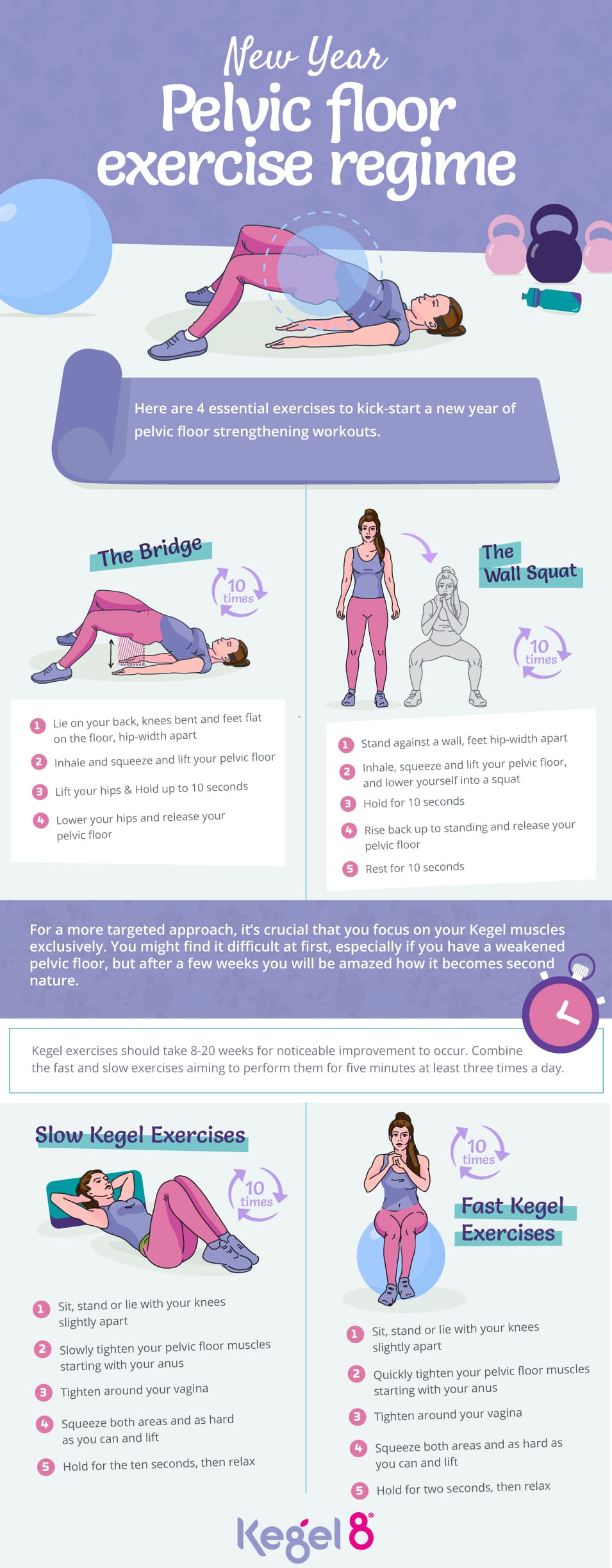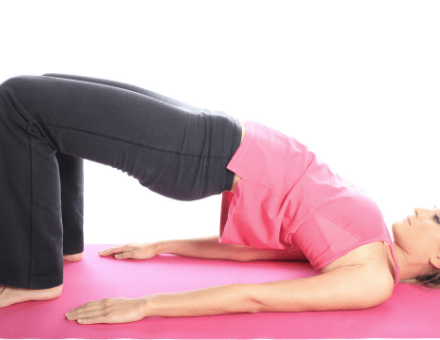Designed by chartered physiotherapists specialising in pelvic health working in the nhs squeezy is suitable for all women who want to do pelvic floor muscle exercises or kegel exercises.
Pelvic floor exercises prolapse nhs.
Strong pelvic floor muscles are essential for good bladder and bowel control.
Recent evidence suggests that pelvic floor exercises may help to improve a mild prolapse or reduce the risk of it getting worse.
Exercise to avoid if you think your pelvic floor is weak double leg lifts straight leg sit ups high impact exercise such as jumping and running these activities put increased stress and pressure on the pelvic floor muscles.
Pelvic organ prolapse happens when the group of muscles and tissues that normally support the pelvic organs called the pelvic floor becomes weakened and cannot hold the organs in place firmly.
The app is particularly aimed at women who are seeing a specialist physiotherapist for problems connected to their bladder bowels or pelvic floor muscles as it can be tailored to a specific exercise.
These muscles form a broad sling running from front to back and as their name suggests they form the floor of your pelvis.
Members of guy s and st thomas nhs foundation trust contribute to the organisation on a voluntary basis.
A number of things can weaken your pelvic floor and increase your chance of developing pelvic organ prolapse.
Pelvic floor exercises for women physiotherapy service introduction this leaflet tells you how to exercise and strengthen your pelvic floor muscles.
Pelvic floor exercises strengthen the muscles around your bladder bottom and vagina or penis.
We count on them for feedback local knowledge and support.
The pelvic floor muscles are a group of muscles that wrap around the underside of the bladder and rectum.
Having weak or damaged pelvic floor muscles can make a prolapse more likely.
Strong muscles can help to prevent a prolapse dropping further.
The stronger the muscles the greater support they provide.
This will improve your bladder or bowel control.
You should also avoid exercises that make pelvic organ prolapse worse including running jumping and skipping avoid lifting heavy objects and avoid strength training exercises such as sit ups and abdominal crunches planks abdominal exercise machines wide leg and machine squats and leg presses.
Your nurse or physiotherapist will explain how to perform the exercises with the correct technique and how many you should perform.
The pelvic floor muscles support the pelvic organs.
Pelvic floor exercises can help strengthen your muscles so that they can give your organs support again.
Everyone can benefit from doing pelvic floor exercises.
Strengthening your pelvic floor muscles can help urinary incontinence treat pelvic organ prolapse and make sex better too.
Pelvic floor physical therapy exercises.
Research reports this practice reduced the frequency and severity of symptoms of pelvic.





























